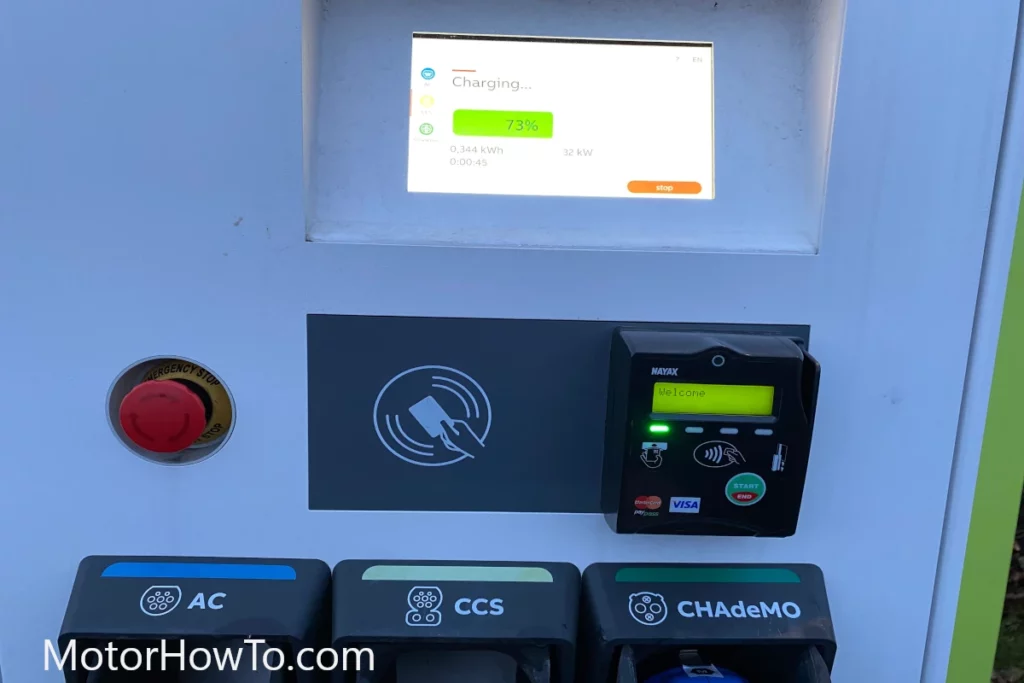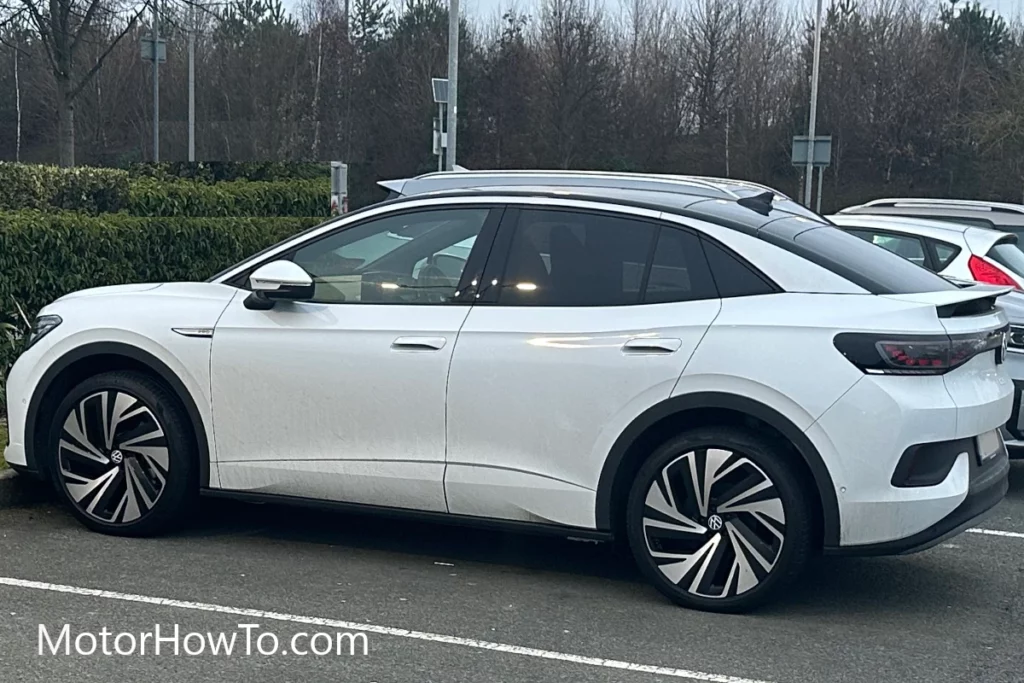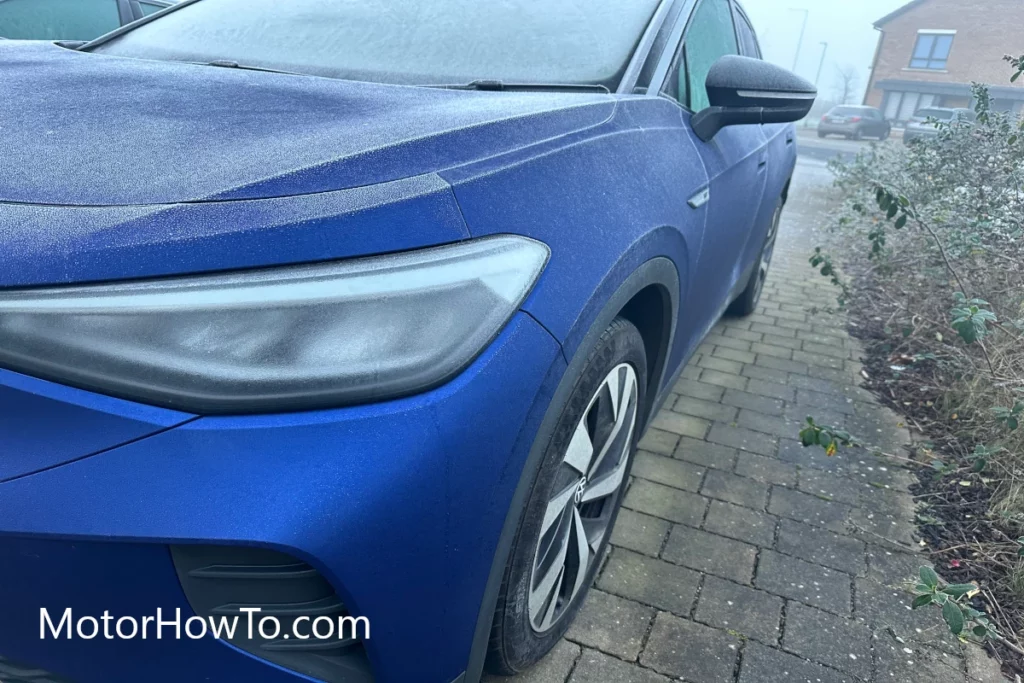Embarking on owning an electric vehicle (EV) is an exciting and significant decision.
In this context, Volkswagen’s ID series stands out as a beacon of innovation and sustainability in the automotive world.
As we delve into this article, we aim to explore the various aspects contributing to the total cost of ownership of these futuristic vehicles.
Owning a Volkswagen ID vehicle includes initial purchase price, charging costs, maintenance, insurance, and potential tax incentives, offering a competitive and eco-friendly alternative to traditional cars.

From initial purchase price to long-term maintenance, we’ll navigate through the financial landscape of owning a Volkswagen ID, ensuring readers understand what to expect when they choose to drive into a greener future.
Related:
- Compatibility of VW ID with Different Charging Stations (Explained)
- Deep Dive into Interior Features of the VW ID Series (Explained)
- Understanding Software Updates for VW ID (Features & Benefits)
Initial Purchase Price and Financing Options
When purchasing a Volkswagen ID vehicle, the first step is to understand the initial purchase price and the array of financing options available.
This crucial phase sets the tone for the entire ownership experience, balancing budget considerations with the desire for a state-of-the-art electric vehicle.
- Sticker Price of Various Models: Volkswagen’s ID series offers a range of models, each with its price point and features, catering to different preferences and budgets.
- Financing Options: Potential buyers can choose from traditional auto loans, leasing arrangements, or Volkswagen’s financing programs, each with unique terms and benefits.
- Comparison with Conventional Vehicles: How does the cost of a Volkswagen ID compare to traditional combustion engine vehicles? This analysis helps in understanding the premium paid for electric technology.
- Dealer Incentives and Discounts: Special offers, trade-in bonuses, and dealer-specific discounts can significantly impact the upfront cost.
- Impact of Financing on Total Cost: Different financing structures, interest rates, and loan terms can alter the total amount paid over the vehicle’s life.
The initial financial outlay for a Volkswagen ID involves more than just the sticker price.
Each aspect plays a pivotal role in shaping the overall investment, from choosing the right model to navigating financing options and understanding potential savings through incentives.
With this knowledge, prospective buyers are better equipped to make an informed decision that aligns with their financial goals and desire a sustainable, cutting-edge vehicle.
Charging Infrastructure and Electricity Costs

One of the primary considerations for Volkswagen ID owners is setting up a home charging station.
This provides the convenience of charging the vehicle overnight, ensuring it’s ready for the day ahead.
Setting up a home charging station involves an initial investment in purchasing the charging equipment and potentially some installation fees.
The cost can vary based on the type of charger and the specifics of the home electrical system.
Public Charging Network Accessibility

Volkswagen ID owners can rely on a growing network of public charging stations for charging on the go.
These stations offer different charging speeds, from standard to rapid charging, each with varying cost structures.
While some public chargers offer pay-as-you-go pricing, others might require a subscription.
The accessibility and cost of these networks are vital for those who travel frequently or do not have the option of home charging.
Electricity Costs: Home vs Public Charging
The cost of electricity, whether at home or public charging stations, is a key factor in the overall expense of operating a Volkswagen ID.
Home electricity rates can fluctuate based on location, time of use, and the specific plan, while public charging stations might have fixed rates per charge or minute.
Generally speaking home charging is cost effecting as you pay domestic rate and it also slower compared to public charging. Due to the high output (upto 150 kW) and rapid charging capabilities you pay a premium when charging with a public charging station.
A comparison of these costs with traditional fuel expenses can provide a clearer picture of the long-term savings potential of electric vehicles.
Incentives and Savings
In many regions, incentives such as government grants are available for installing electric vehicle (EV) charging infrastructure at home, such as rebates or tax credits. These incentives can significantly offset the initial setup cost.
Additionally, the overall cost of electricity for charging an EV often proves to be lower than the fuel cost for traditional vehicles, leading to potential savings over time.
Understanding the various aspects of charging infrastructure and the associated costs is crucial for prospective and current Volkswagen ID owners.
From the convenience of home charging to the accessibility of public networks and the impact of electricity costs on overall vehicle operation, each element plays a significant role in the electric vehicle ownership experience.
Maintenance and Repair: A Comparative Analysis
When it comes to electric vehicles like the Volkswagen ID, one of the most significant considerations for potential owners is the cost of maintenance and repair.
These costs vary considerably from those associated with traditional internal combustion engine (ICE) vehicles, largely due to the differing technologies and components involved.
Simplicity in EV Maintenance
Electric vehicle (EVs), by design, have fewer moving parts than their ICE counterparts. This simplicity translates into generally lower maintenance requirements.
For instance, like most EVs, Volkswagen ID vehicles do not require oil changes, transmission fluid services, or exhaust system repairs, which are common in gasoline or diesel cars. This can lead to significant savings over the life of the vehicle.
Battery Health and Longevity
The most significant component of an EV is its battery. Replacing a battery can be expensive, but technological advancements have extended their lifespans.
Additionally, many manufacturers, including Volkswagen, offer substantial warranties on their EV batteries, mitigating the risk of costly replacements for owners.
Read this great article on Maximizing Battery Life in Your VW ID (Maintenance and Care Tips)
Regenerative Braking Systems

EVs like the Volkswagen ID utilize regenerative braking (B Mode), which helps conserve energy and reduces the wear and tear on the brake system.
This typically results in longer intervals between brake maintenance compared to ICE vehicles.
Read this great article on When & Why Turn Off Regenerative Braking?
Potential Repair Costs
While routine maintenance may be less frequent and less costly, repairs, when needed, can be more expensive for EVs.
This is partly due to the specialized technology and the need for trained technicians. However, these costs are expected to decrease as electric vehicles become more mainstream.
The cost of maintaining and repairing a Volkswagen ID vehicle generally presents a favorable comparison to traditional vehicles, primarily due to reduced routine maintenance needs.
While some repair costs can be higher, the overall maintenance landscape for electric vehicles, supported by extended warranties and advancing technology, offers a compelling advantage for those considering an electric vehicle.
This aspect of ownership is a key factor in the total cost and is an important consideration for any potential EV buyer.
Insurance Premiums for Electric Vehicles
Navigating the insurance landscape for electric vehicles (EVs), such as the Volkswagen ID series, presents a unique set of considerations.
Unlike traditional internal combustion engine vehicles, the factors influencing insurance premiums for EVs are distinct, often reflecting the advanced technology and environmental benefits these vehicles offer.
- Higher Value, Higher Premiums: Electric vehicles typically have a higher initial purchase price compared to conventional vehicles, which can lead to increased insurance premiums.
- Repair Costs and Specialized Parts: EVs contain specialized technology and components that might be more expensive to repair or replace, potentially raising insurance costs.
- Advanced Safety Features: Many electric vehicles are equipped with cutting-edge safety and driver-assistance technologies, which can mitigate the risk of accidents and may lead to lower insurance premiums.
- Risk Profile of EV Drivers: Insurers consider the overall risk profile of EV drivers, which can influence premium rates. EV drivers might be seen as more safety-conscious, potentially leading to favorable insurance costs.
- Green Vehicle Discounts: Some insurers offer discounts for environmentally friendly vehicles, including electric cars, to incentivize sustainable practices.
While the insurance premiums for electric vehicles like the Volkswagen ID series may be influenced by their higher value and potentially higher repair costs, several factors can offset these increases.
The advanced safety features common in EVs and potential discounts for eco-friendly vehicles can contribute to more competitive insurance rates. Understanding these dynamics is crucial for prospective EV owners, as it forms an important part of the overall cost of owning and operating an electric vehicle.
Sources:
Volkswagen ID.4 vs. Volkswagen Tiguan — 5 Year Cost of Ownership
Examining the Costs of Volkswagen Electric Cars Whether They Are Competitive
Total cost of ownership: How electric vehicles and ICE vehicles compare



